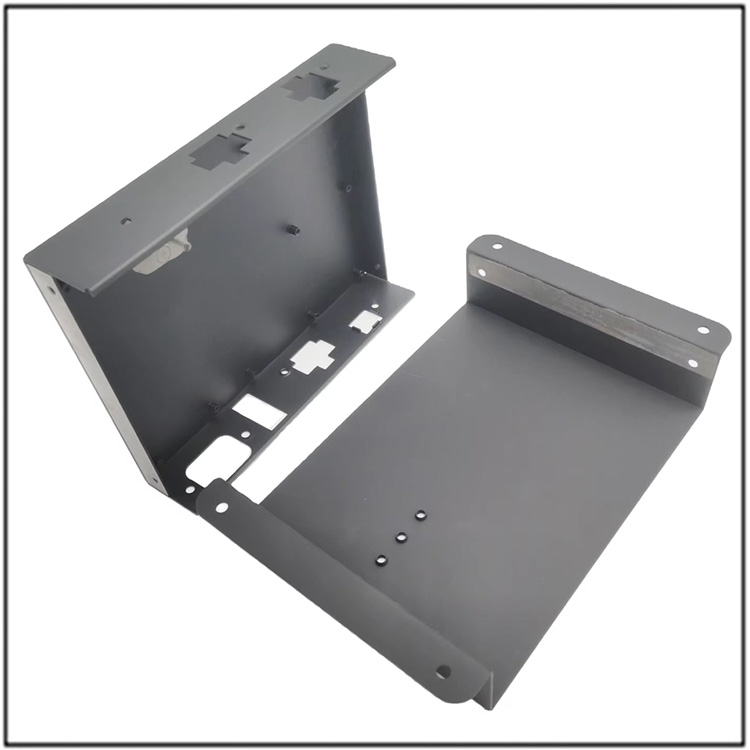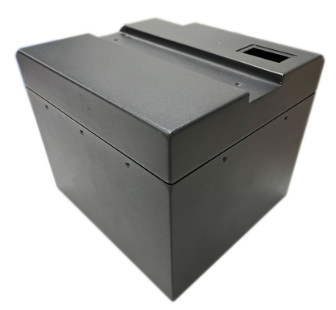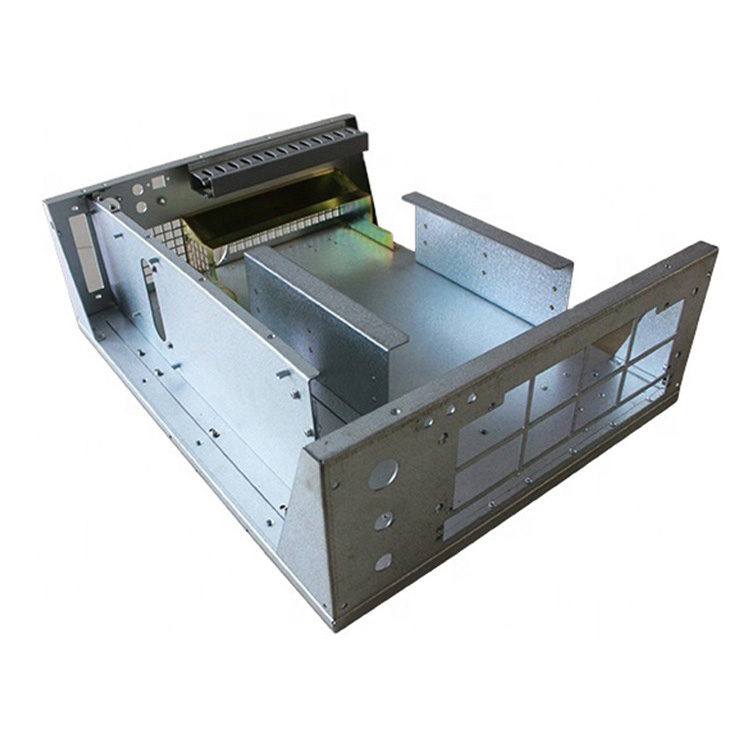
How to Ensure The Heat Dissipation Performance of Chassis Cabinets During Design?
Chassis and Cabinet Design: Key Considerations for Ensuring Heat Dissipation Performance
As an important protective shell and supporting structure for electronic devices, the design of chassis cabinets not only affects the physical and operational stability of the equipment, but also directly affects the heat dissipation performance of the equipment. Good heat dissipation performance is the key to ensuring the long-term and efficient operation of electronic devices, and the design of chassis and cabinets plays a crucial role in it.
The selection of materials for chassis cabinets is the foundation. Materials not only provide sufficient strength and stiffness, but also have good thermal conductivity. Among common materials, aluminum alloy and steel are the main choices for manufacturing chassis and cabinets. Aluminum alloy is widely used due to its lightweight, high strength, and good thermal conductivity, especially in situations where good heat dissipation performance is required. Steel, on the other hand, has advantages in certain specific environments due to its high strength and good corrosion resistance. In addition, new composite materials such as carbon fiber have also begun to be used in the manufacturing of chassis and cabinets. They are not only lightweight, but also have excellent thermal stability and mechanical properties.
Secondly, the heat dissipation design of the chassis and cabinet needs to consider multiple factors comprehensively. This includes the layout of heat dissipation holes, selection and configuration of fans, use of heat pipes, and design of heat sinks. The layout of heat dissipation holes needs to consider the uniformity and efficiency of air flow, avoiding the formation of vortices or dead corners inside the chassis. The selection of fans needs to be determined based on factors such as the size, power consumption, and working environment of the chassis, ensuring sufficient heat dissipation capacity while avoiding excessive noise. The design of heat pipes and heat sinks needs to fully utilize the thermal conductivity of materials, quickly transfer heat to the heat dissipation surface, and carry it away by the airflow generated by the fan.
In addition, the sealing and ventilation of the chassis and cabinets are also important considerations in heat dissipation design. Sealing can prevent external pollutants such as dust and water vapor from entering the interior of the chassis and causing damage to the equipment. And ventilation can ensure that the heat inside the chassis can be dissipated in a timely manner, avoiding the occurrence of overheating. In the design, it is necessary to balance the requirements of sealing and ventilation reasonably, which not only prevents the invasion of external pollutants, but also ensures the air circulation inside the chassis.
The heat dissipation design of chassis cabinets also needs to consider maintainability and scalability. With the continuous increase of device power consumption and technological advancement, the cooling requirements of chassis and cabinets are also constantly changing. Therefore, in the design process, it is necessary to consider the ease of replacement and upgrade of the heat dissipation components, so that it is convenient to add heat dissipation fans, expand heat dissipation holes, etc. when needed.
In summary, the heat dissipation design of chassis cabinets is a complex and critical process that requires comprehensive consideration of material selection, layout and configuration of heat dissipation components, balance between sealing and ventilation, and requirements for maintainability and scalability. Only through scientific and rational heat dissipation design can electronic devices inside the chassis and cabinet be ensured to operate stably for a long time with high efficiency.










